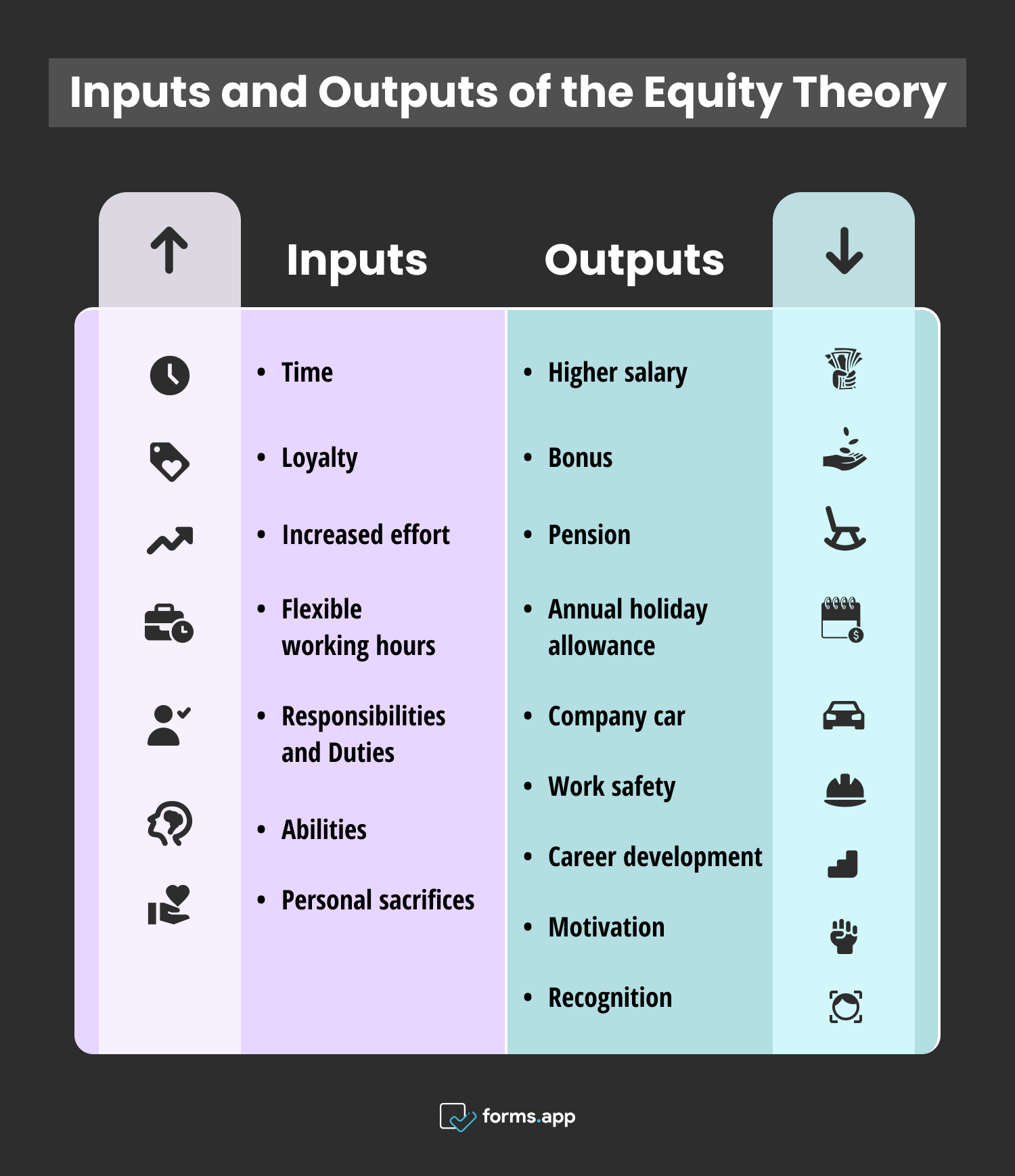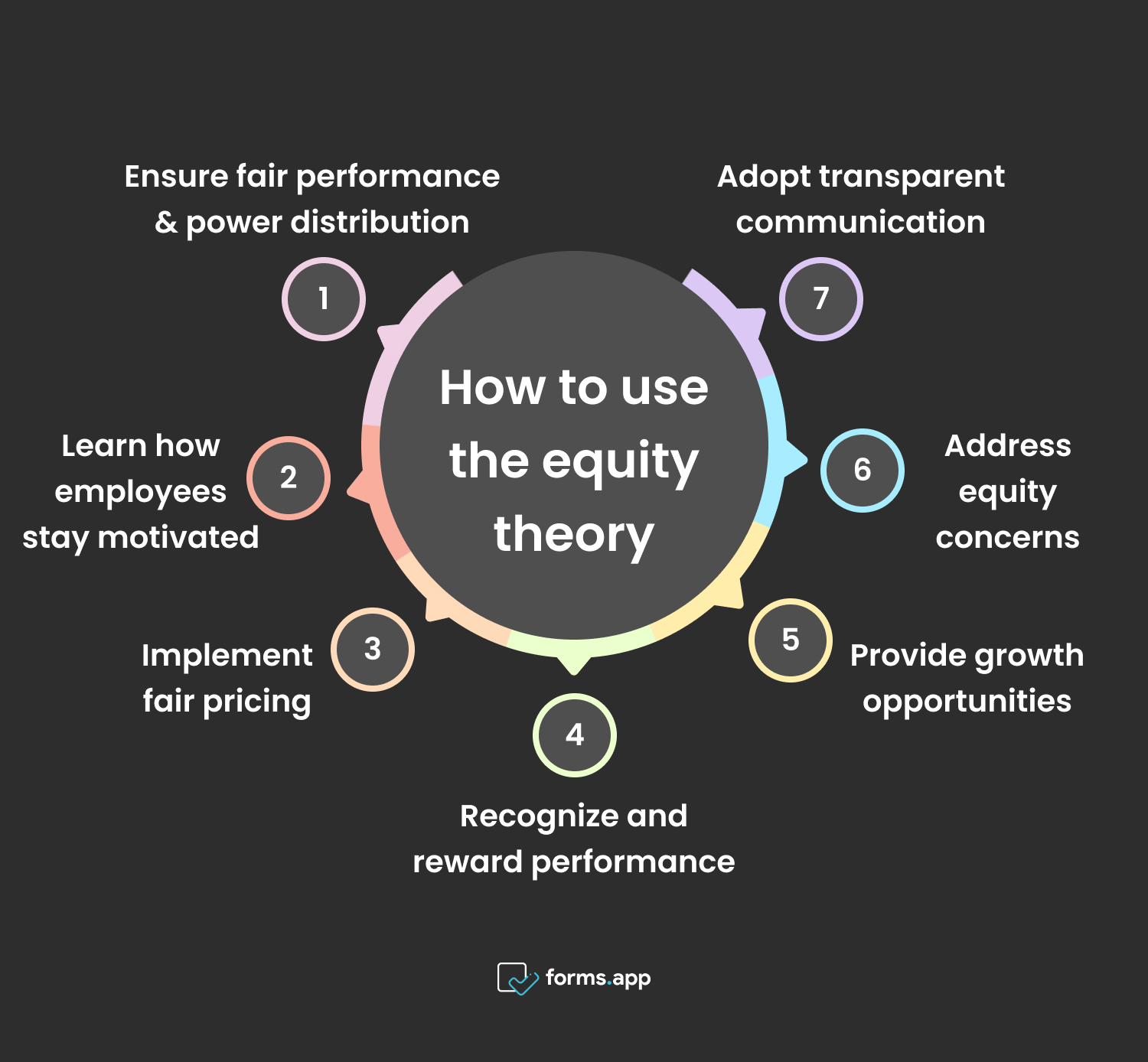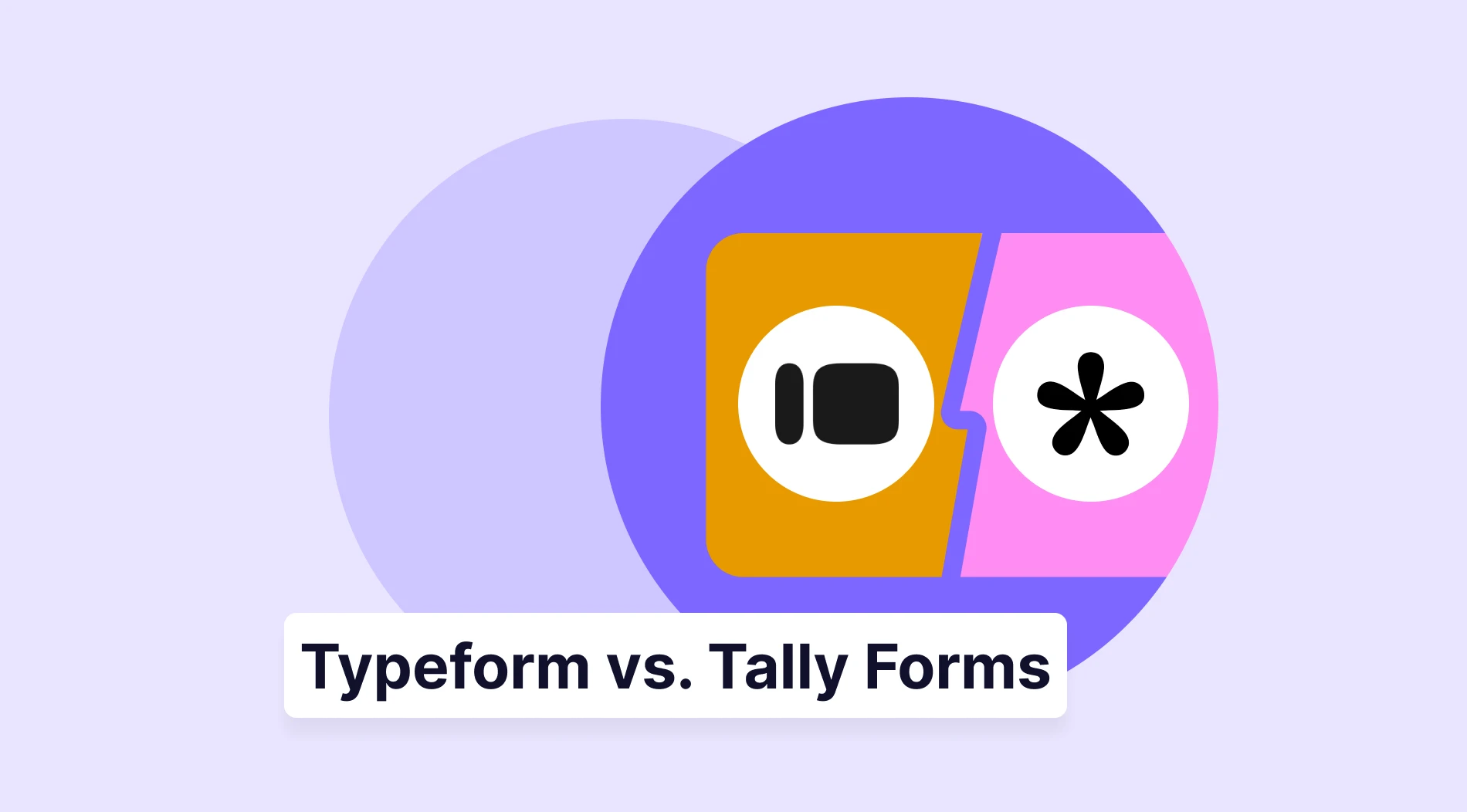If you want to impact employee success positively, equity theory is an important aspect you should consider. All employees at your workplace want you to behave equally in business relationships. This desire for equity also impacts employee motivation. Employees' success depends on the equity theory relationships they perceive in their work environment.
In this article, we talk about motivational equity theory and its importance. We also include the equity theory formula and frequently asked questions. You can also see steps for applying equity theory to your own business with equity theory examples.
What is the equity theory?
Equity theory examines how Stacey Adams's workplace perception of equity and justice affects employee motivation.
John Stacey Adams, a behavioral psychologist, developed equity theory in 1963. You may also know this theory as the equity theory of motivation. According to the theory, the higher an individual's perceived inequity in the workplace, the lower their motivation to work. Employees expect an equal balance between their efforts to achieve a task and their results.
Equity theory is based on the social comparisons employees make with other employees based on their inputs and outputs. Maintaining equity motivates employees. If people feel inequitable relationships are unfair in the work environment. It can negatively affect their work motivation and success. To fully understand equity theory, it is necessary to understand the inputs and outputs:

Inputs & outputs of the equity theory
Inputs:
- Time
- Loyalty
- increased effort
- Flexible working hours
- Responsibilities and Duties
- Abilities
- Personal sacrifices
Outputs:
- Higher salary
- Bonus
- Pension
- Annual holiday allowance
- Company car
- Work safety
- Career development
- Motivation
- Recognition
What is the formula for the equity theory?
According to the equity theory Adams, individuals do not perceive equity or inequity in isolation. They compare the outputs they obtain due to their inputs with those of others in the same work environment. Based on this comparison, they will change their inputs to establish balance in line with the perceived inequity.
So, how do employees compare themselves? Reference groups are comparison approaches that employees use to evaluate the outputs they have achieved. They also use these reference groups to form perceptions of input and output. Below are four reference groups to which employees compare themselves:
- Internal: It covers the employee's experience while working in a different job in the same company.
- Outside: Includes the employee's current experience in jobs outside the company.
- Other-inside: Includes the inputs and outputs of one employee to another employee in the same company.
- Other-outside: Current employees include the inputs and outputs of people working in similar jobs at other companies.
For example, a developer compares the output of his inputs with other developers in the same organization. In this situation, the reference group is others within. If they compare with software developers they know in social environments, their reference group is others outside. If they compare to his previous works, the reference group is outside himself.
Examples of equity theory
Let's say you are an employee to give an example of equity theory. You see another colleague who works at the same level as you and is in the same job. But they earn more than you, are appreciated more, and take points from managers. In this case, you can reduce your inputs, that is, your work performance.
As another example, let's say your colleague at your workplace gets a promotion at the end of his second year. But you have worked in the same position for five years. The perception of equity resulting from your friend's promotion may decrease your motivation to work. It may even cause negative behaviors towards your friend or those around you.
How to use the equity theory to strengthen your business
Adapting the equity theory to your business and acting based on this theory is very important for its success. This theory has a direct impact on the motivation of your employees. If implemented correctly, it significantly increases business performance. Following the 7 steps below, you can effectively adapt equity theory to your business.

How to use the equity theory to strengthen your business
1. Ensure fair performance and power distribution
Based on equity theory, you can create a work environment that increases your business's success and motivates employees. By setting standards for equity, you can encourage your employees to work harder in anticipation of receiving rewards. It would be best to evaluate your employees according to equal criteria.
2. Learn the ways your employees stay motivated
Factors that motivate employees and increase work performance within a company team vary. You can collect information about your employees through engaging employee surveys. You can offer your employees opportunities such as reward systems or beneficial careers. Thus, employees feel rewarded for their efforts and encouraged.
3. Implement a fair pricing system
You need to ensure that you offer compensation that your employees show interest in. You can conduct regular market research to ensure your salaries and benefits are competitive. It will increase your employees' satisfaction and your preferability as an employer. It also allows you to develop strategies to improve employee motivation and performance.
4. Recognize and reward our employees' performance
You should recognize and reward your high-performing employees. Employees who perform well in their jobs want managers to recognize and reward their achievements. You need to recognize and reward this success as soon as possible. It promotes the work performance and motivation of your employees.
5. Provide growth and development opportunities
You should motivate your employees with moral support, incentives, and financial opportunities. Employees want to receive more than just monetary rewards and recognition. At the same time, they demand opportunities to develop in their careers to ensure their satisfaction. You should enable employees to grow and develop their skills within the business. This way, your employees feel individually satisfied.
6. Understand their equity concerns and create solutions
If your employees perceive inequity at work, they may reduce the effort they put into their performance. In this case, it is essential to recognize this perception of your employees and produce solutions quickly. This perception of inequity reduces your employees' motivation. In this regard, you can benefit from employee feedback stats to evaluate and resolve employee complaints.
7. Adopt open and transparent communication
You can conduct transparent interviews to determine your employees' satisfaction with career opportunities and salaries. You can also organize surveys to measure your employees' general satisfaction. You can focus on areas where their perception of justice is lacking. At this point, you can ensure this transparency and develop strategies to meet expectations by using job satisfaction surveys.
Importance of equity theory in business
The equity theory offers many advantages to your business when implemented correctly. It helps you maintain balance with the inequity perceived by our employees. Maintaining this balance motivates your employees and enables them to perform better. Below, you can see other advantages offered by equity theory:
- Equity theory prevents the exploitation of your high-performing employees.
- It supports the productivity and success of your employees.
- It creates a healthy competitive environment among employees and strengthens employee relations.
- It brings conflict between employees to a healthy level and provides a peaceful working environment.
💡You can also benefit from social exchange theory, which will be helpful for you.
Frequently asked questions about the equity theory
Employee performance largely depends on motivation. One of the most critical issues affecting employee motivation in the workplace is the perception of equality. Equity theory helps balance this perception of equality. Below, we have included frequently asked questions and answers about equity theory. You can read and get more information.
Although equity and equality are close concepts, they refer to different situations. In the idea of equity, you offer equal opportunities to everyone. However, the concept of equality means that you give everyone the chance they need to achieve equal results.
Equity theory suggests that employees' perceptions of equality or inequality at work affect their performance. According to the theory, employees establish a balance between their work and their compensation and compare this balance with the motivation of various reference groups.
In its simplest terms, equality means being equal in all human relations and providing opportunities. It advocates making sure that everyone is treated equally and has equal rights. It aims to create an environment where every individual.
People can succeed and develop regardless of race, language, religion, or gender.
The concept of equity theory suggests that employees' perception of equality affects their motivation to work. Maintaining a balance of equality increases employee motivation and output. In cases of inequality, employees' motivation decreases and tends to reduce their input.
The concept of change in psychology is an essential element that shapes individuals' social behavior. It includes the most minor human relations and the most comprehensive human ties. It means a fair feeling or equality in all human relations. It is about individuals' perception that they are treated equally compared to other individuals.
The sociological concept of equity reflects the perception of equality from a broader social perspective. It includes how the distribution of various opportunities and privileges within society affects different social groups. It addresses systematic injustices and displays an egalitarian and social approach.
People's perception of equality is relative. What one employee considers a fair reward may need to be more for another. For this reason, it cannot be easy to create an equal situation for everyone. At the same time, equity theory focuses on tangible benefits. It also causes it to ignore the intangible aspects of motivation.
Conclusion
Equity theory examines the effect of equality perception on employee motivation. You've learned everything you need to know about equity theory. Now is the time to act. Use the theory in your own business and benefit from its inevitable advantages. Are you ready to take employee motivation and performance to the top?
In this article, we talked about equality theory and its advantages for businesses and employees. We also showed you 7 steps to adapt this theory effectively to your business. You can also find the equity theory formula and frequently asked questions about equality theory.



